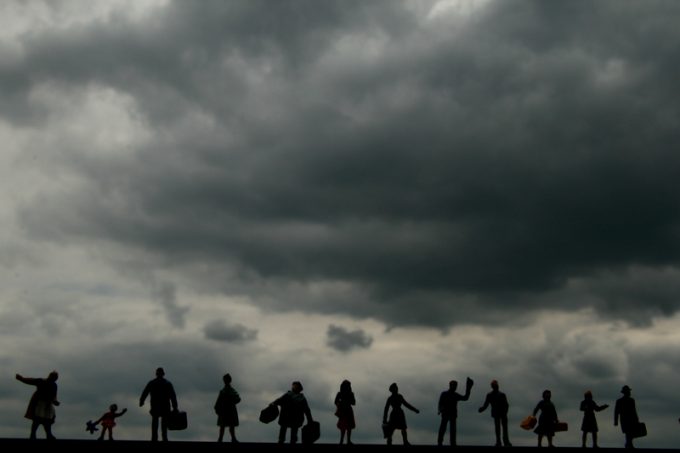Global Forwarding drags DHL Q1 numbers down, but 'we have the remedy'
Weak demand across Europe road freight ate into DHL’s freight forwarding division profits over the ...

Supply chain leaders have defended their adoption of new technologies following the World Economic Forum (WEF) conclusion that rapid technological development was driving income inequality, with employees being lost to machines.
Following yesterday’s publication of the WEF’s Global Risks Report 2017, Margareta Hanouz, head of global competitiveness and ...
CMA CGM South Korean staff strike over bonuses after bumper 2024 profit
MSC switches two more Asia-Europe port calls from congested Antwerp
Ports and supply chain operators weigh in on funding for CPB
Nightmare for Bangladeshi exporters as congestion and tariffs bite
Carriers introduce surcharges as congestion builds at African ports
Box ship overcapacity threat from carrier appetite for new tonnage
CMA airline returns two freighters, while ANA takeover of NCA looms
Tradelanes: Export boom in Indian sub-continent triggers rise in airfreight rates

Comment on this article